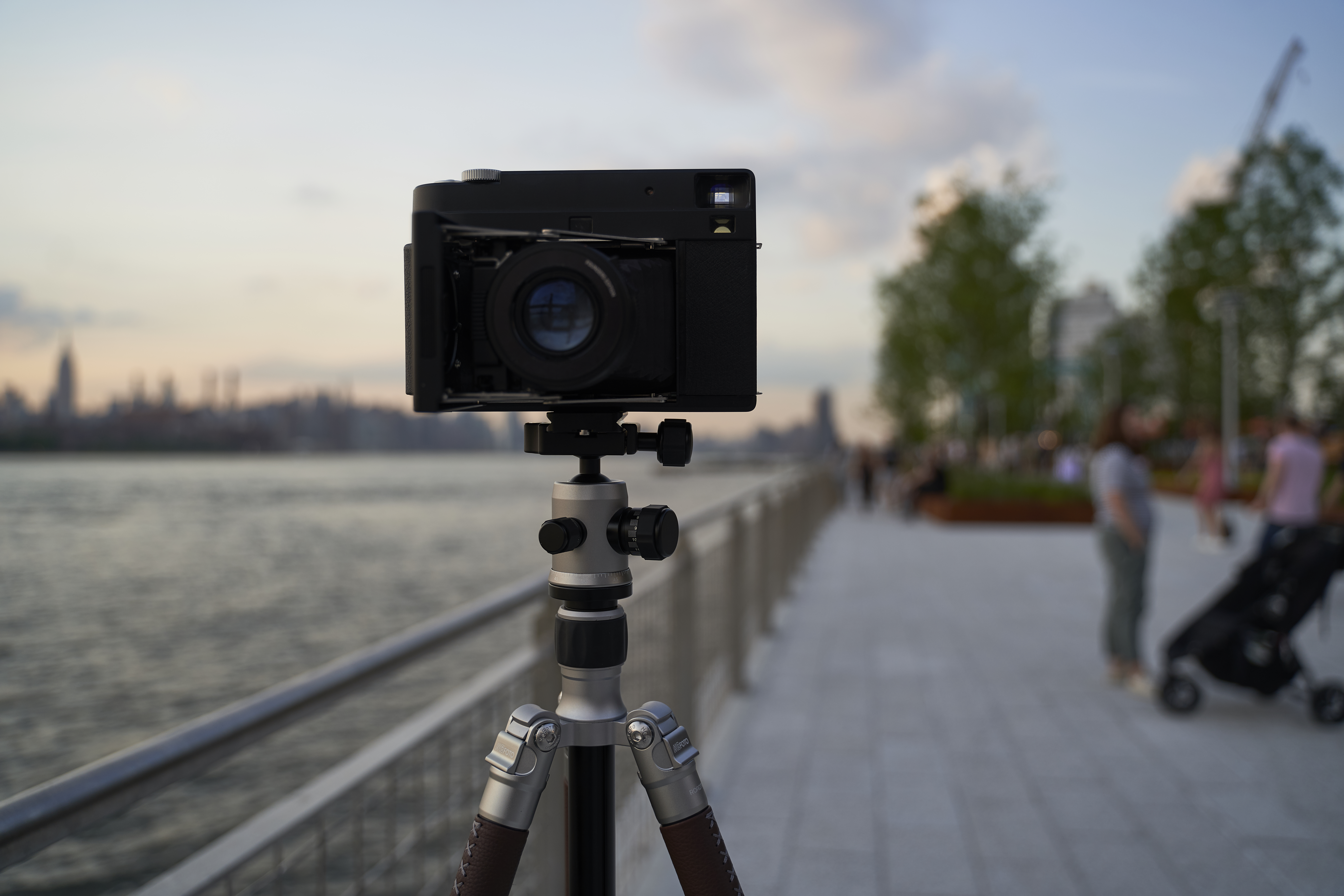If you buy something through one of these links, we may earn an affiliate commission.
Lots of professional photographers like to focus on making their cameras as simple to use so that they get the shot. So if they’re using instant film cameras, then they’re probably just focusing in more on the moment. But some of us go a step beyond. And for those of us that want to deliver much more consistency, we need things like manual control. It’s kind of like actually shooting with film. For what it’s worth, Instant Film is really film; but processed differently. So for those of us want demand more, here are the best instant cameras for professional photographers.
The Phoblographer’s various product round-up features are done in-house. Our philosophy is simple: you wouldn’t get a Wagyu beef steak review from a lifelong vegetarian. And you wouldn’t get photography advice from someone who doesn’t touch the product. We only recommend gear we’ve fully reviewed. If you’re wondering why your favorite product didn’t make the cut, there’s a chance it’s on another list. If we haven’t reviewed it, we won’t recommend it. This method keeps our lists packed with industry-leading knowledge. Some of our stories include affiliate links. If you buy something through one of these links, we may earn an affiliate commission.
Table of Contents
Using This Guide to the Best Instant Cameras for Professional Photographers

Here’s some insight into how we chose the best instant cameras for professional photographers:
- Our editorial policies state that we don’t include products we haven’t done full tests with in these feature roundups. But luckily, we’ve reviewed nearly every instant film camera on the market. And you can see links to our full reviews in each section here.
- Instax film is typically set to ISO 800. So if you’re in bright light, you’ll have to either stop your lens down, use an ND filter, or raise your shutter speed.
- One of these cameras uses Polaroid film. Ethically speaking, we do not support Polaroid due to their previous support of Unsplash (which blindsides many photographers). However, the camera presented here is the best choice to use with Polaroid film.
- Polaroid used to be known as the Impossible Project.
- When buying and considering the best instant cameras for professional photographers, know that Polaroids are a blanket term that includes Instax film. But in truth, Instax is a different kind of film. Truly, it’s probably the closest thing to the Polaroids we knew back in the 1990s.
- This list of the best instant cameras for professional photographers gives you access to cameras with full manual controls. They also give you a list of ones that have interchangeable lenses.
- HP and Kodak use something called zINK, which isn’t instant film. Instant film requires a chemical process like what you’d see in the darkroom. However, it’s contained in this little package we call an Instant print!
- The best instant cameras for professional photographers here have pretty good build quality. But don’t expect them to last for decades like vintage ones do. None of these products have weather resistance.
NONS SL 660: Fujifilm Instax Square
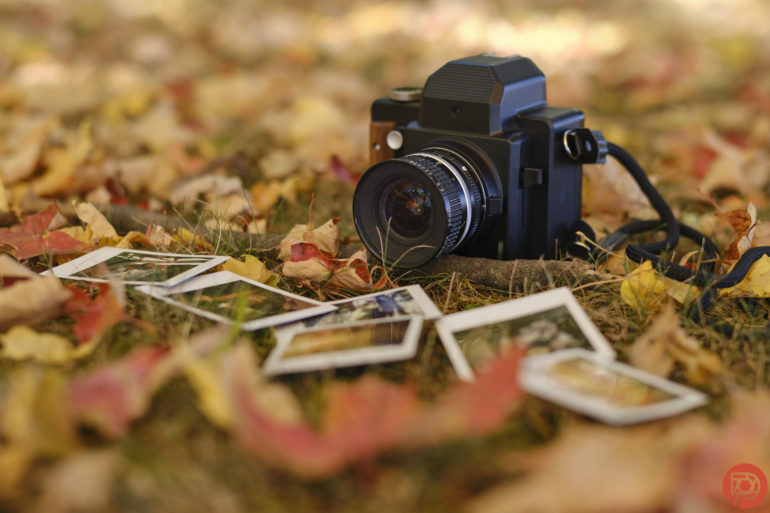
PROS
- Easy to use with a built-in light meter
- Lovely metal build with a wood grip
- Uses easily accessible Fujifilm Instax Square film
- Delivers tons of character
- It’s possible to swap lenses mid-film pack without ruining the film.
CONS
- The maximum shutter speed is 1/250, so an ND filter is necessary for bright sun.
- Battery is built-in
- Occasional error ejecting film
What We Think

In our review, we state:
Nons first camera, the SL42, was the first interchangeable lens camera to use Instant film. The SL660 shares many features with the SL42, but it uses the larger Instax Square film, has a sturdier metal build, a smaller body, and a shorter shutter delay. Instant film is loved for its mix of true film character and the convenience of a print that develops in mere minutes. What Nons is doing is taking that Instax character further with vintage lenses while keeping the experience simple and straightforward.
MiNT Instantkon RF70: Fujifilm Instax Wide
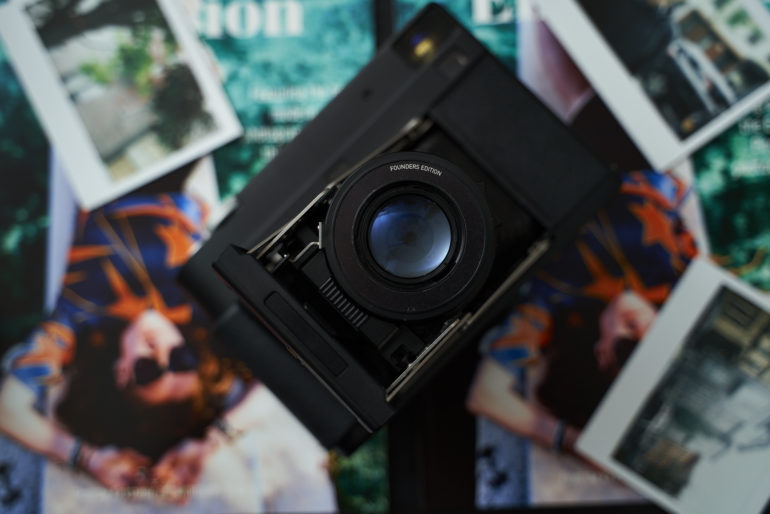
Pros
- Manual controls
- Rangefinder focusing
- Aperture priority is an option.
- Folds down into a compact camera
- Built in flash for the folks who are into that sort of stuff
- Lens is pretty sharp when stopped down.
- Beautiful bokeh
Cons
- Really odd type of audio jack for flash syncing. I genuinely wish it were either a PC sync port or a standard 3.5mm.
- Rangefinder focusing screen isn’t coupled to the framing screen and that can throw off composition at times when taking parallax correction into account.
- Lomography’s glass lenses are much sharper.
- The bellows is a bit concerning for the long term durability of the product.
- Be careful when collapsing the camera system: you need to press the button under the lens, focus the lens out to infinity, and then collapse it into the camera body.
- The instructions should really be on top of the camera and people should read them before taking it out of the box.
What We Think

In our review, we state:
For what it’s worth, I wouldn’t recommend giving this camera to someone who hasn’t shot in manual before. Sure, there is an aperture priority to the MiNT InstantKon RF70, but it’s nowhere as simple as the other cameras out there. You need to open the camera up and lock the lens into place, move the shutter speed to a setting where the camera is electronically activated, and you also need to focus with the rangefinder, then frame with the other window, and finally shoot. Part of what makes this a bit more tedious to use is Instax Wide being locked into ISO 800. I mean, that’s not such a big problem if you know how to work with the film format and your environment, but then you need to be an “actual photographer” who knows how to think outside of the box and solve problems like that.
MiNT SLR-670: Polaroid SX-70 Film
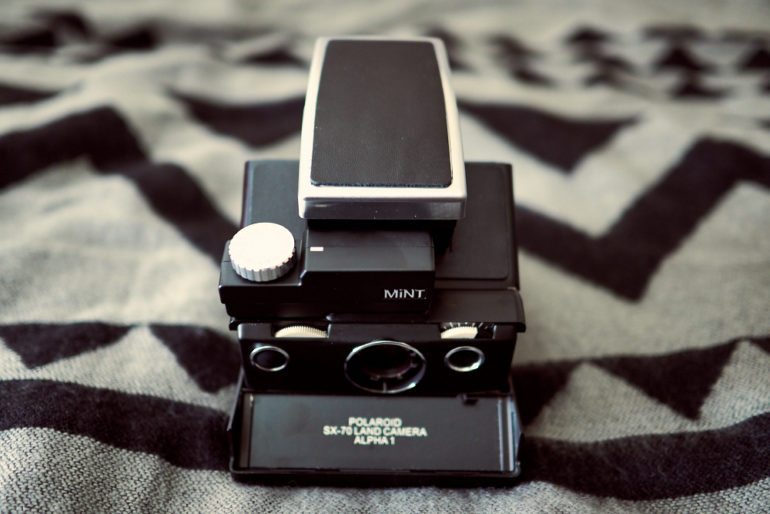
Pros
- The absolute best image quality I’ve seen from any Instant film camera anywhere. Even a bit better than using a Polaroid Land 185 and Fujifilm’s 100 pack film.
- Incredibly bright viewfinder
- Compact folding body
- Time machine is small
- Simple to use
- Folks love being in front of a camera like this.
Cons
- Really wish the time machine had an audio jack for a studio strobe.
- While I know it’s tough to do, f5.6 would be nicer than f8.
What We Think
In our review, we state:
“While what I still really want is an Instant film camera with full manual controls, studio strobe control, and high quality glass optics, I really like what’s possible with the SLR-670 camera from Mint. I also really like what the Time Machine allows me to do. In all truthfulness, I feel you will as well. Granted, the camera is $300 and that doesn’t even include the Time Machine, but it’s well worth it and photography is an expensive hobby to begin with.”
NONS SL42: Fujifilm Instax Mini
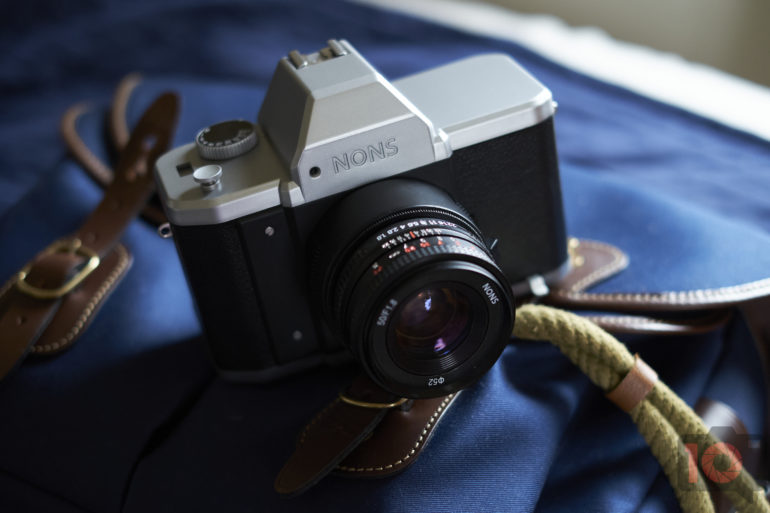
Pros
- Incredibly lightweight because it’s very plastic
- It shoots instant film!
- Beautiful to look at
- Very fun!
- Pretty simple controls
- I actually like how large it is.
- I can’t even begin to tell you how wonderful it is to hold an SLR that shoots Instax film.
- It goes to sleep!
Cons
- Incredibly plastic
- No camera strap comes with it
- When you put the adapter on to have the lens cover the whole film plane, you can’t see the new image fully through the viewfinder.
- This thing really needed a split prism finder.
- Shutter speed dial oddly goes to other positions not marked for shutter speeds
- I wish it had depth of field preview.
What We Think
In our review, we state:
“The NONS SL42 Mk2 is a fantastic camera that’s surely still got some quirks to be ironed out. But if you’re going to buy any Instax, Instant Film, or SLR camera, this is the one to get. It’s the most innovative one on the market right now.”
MiNT InstantFlex 2.0: Fujifilm Instax Mini
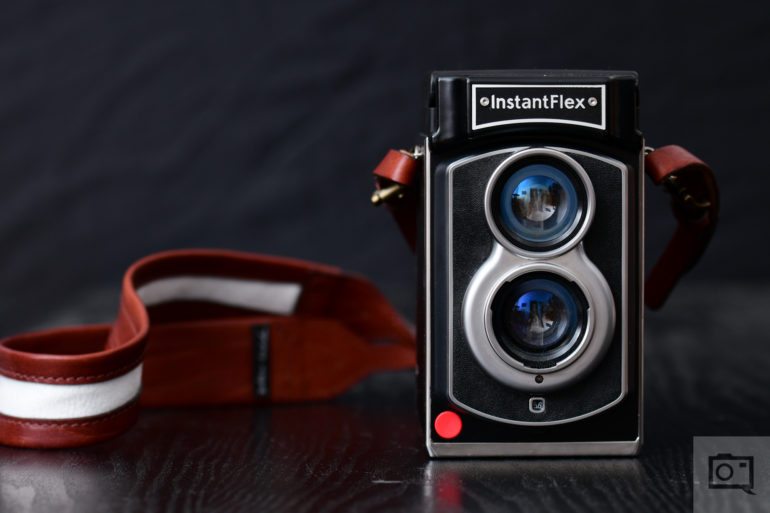
Pros
- High build quality
- Bright viewfinder
- Fairly intuitive controls
- Aperture control with Aperture priority metering accordingly
- Lightweight
- Fun to tote around
- A true conversation starter in a world where everyone has a camera
Cons
- Metering can be a bit wonky to work with
- Magnifier could be easier to work with
What We Think

In our review, we state:
“So how’s the image quality? Honestly, in the best of situations it’s quite awesome. I don’t think it’s capable of achieving the fullest sharpness that Fujifilm Instax film (or Polaroids, as some of you call them) can render, but it surely is still very capable.”


